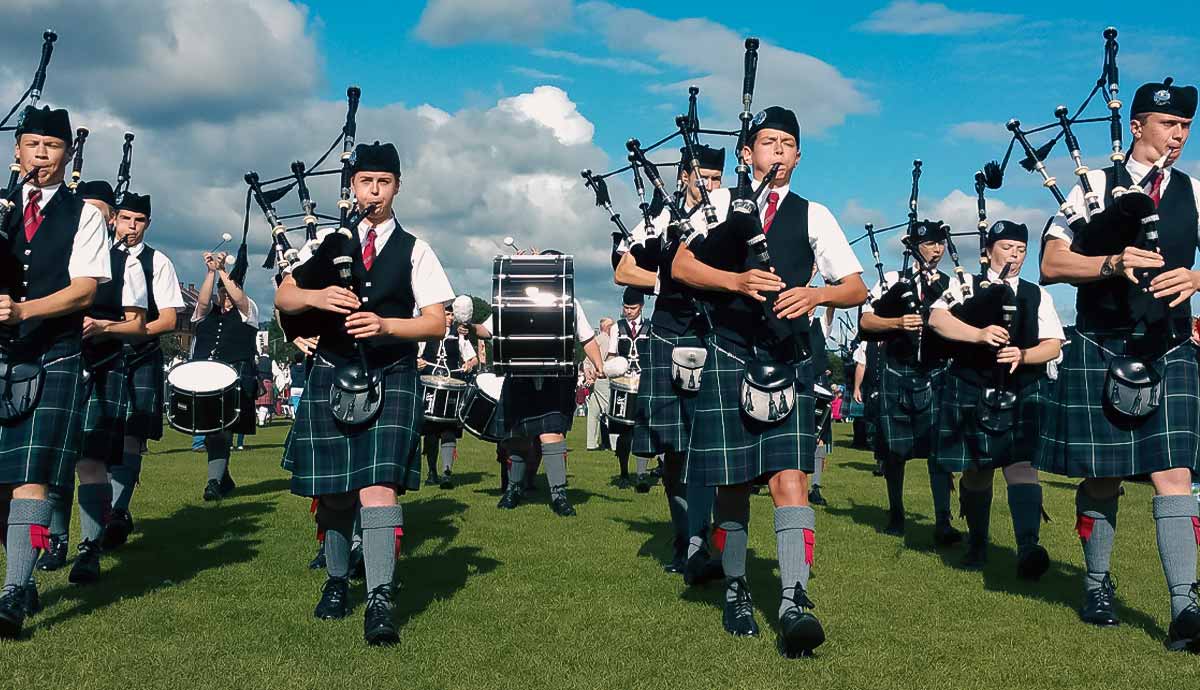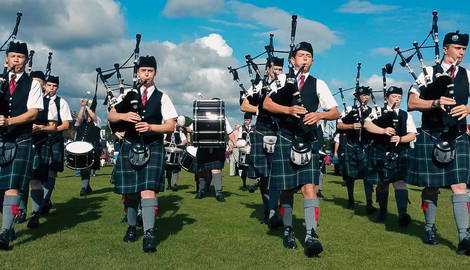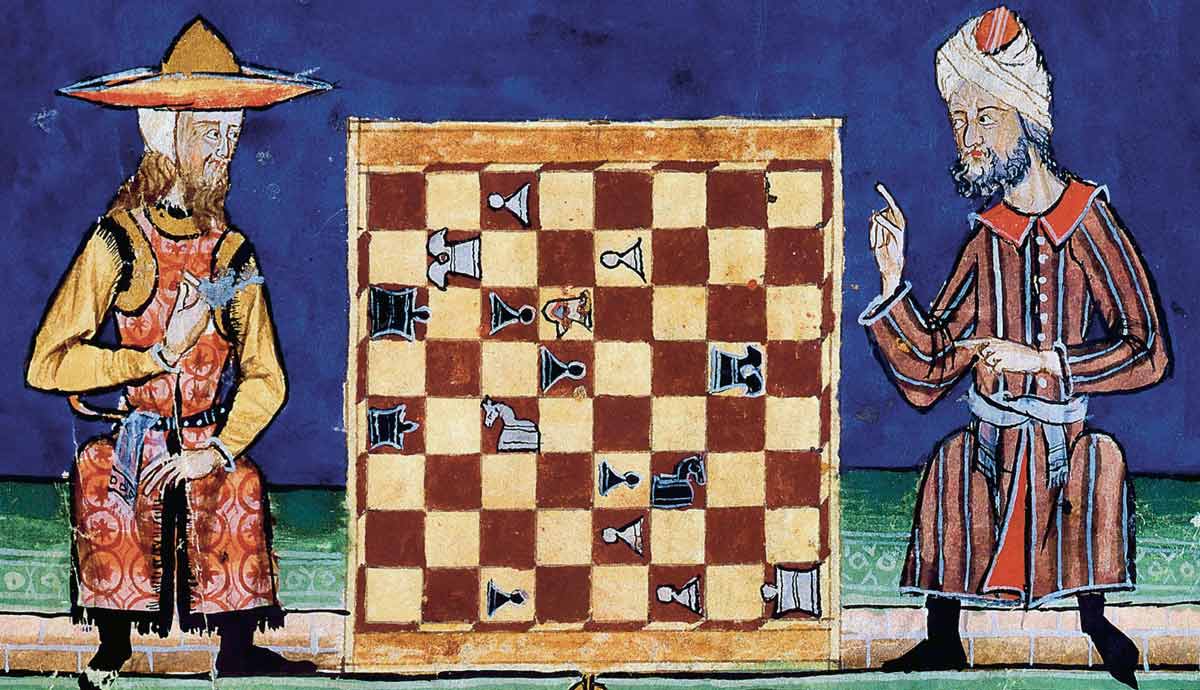
Nothing seems more ancient than the pageantry of the British monarchy. Yet, the grandeur seen today emerged only around 1870. As the Indian Mutiny of 1857-8 shook the British Empire, the symbolic authority of Queen Victoria – as Empress of India – steadied the ship. The association of tartan with ancient Scottish culture was invented in the early nineteenth century. These three stories refer to what Eric Hobsbawm, alongside Terrance Ranger, calls ‘the invention of tradition.’
The Invention of Tradition

Eric Hobsbawm’s concept of “invented tradition” describes practices that appear ancient and timeless but are more often than not, recently constructed. Deliberately crafted and maintained to promote specific values and norms, invented traditions help legitimize social structures, reinforce the identity of dominant groups, and tie contemporary political agendas to the illusion of historical continuity.
Three forms of invented tradition exist: those that symbolize or establish social cohesion, both real and artificial; those that legitimize institutions, status, or relations of authority; and those aimed at socialization, such as the inculcation of beliefs, value systems, and conventions of behavior.
Confronted with the need to rule by democracy and facing the threat of social revolution, Hobsbawm shows that after 1870, the ruling classes of Europe increasingly resorted to the production of “invented traditions” to steady their grip on power. In this context, the invention of tradition involves formalizing and ritualizing references to the past, using ‘ancient’ materials to create traditions, ‘of a novel type, for novel purposes’ (Hobsbawm, 1983).
The Highland Tradition in Scotland

The kilted, bagpipe-playing Scotsman is entrenched within the imagination of Scottish tradition. On postcards, at international football games, and on the famous Royal Mile of the Scottish capital. However, as Hugh Trevor-Roper shows in Hobsbawm and Ranger’s book, this tradition is radically modern.
After James Macpherson’s (fraudulent) 18th-century Ossian poems popularized Scottish mythology, Sir Walter Scott somewhat bizarrely proposed the idea of an ancient highland dress in 1805: the tartan kilt.
Initially, an English industrialist created the kilt as cheap workwear, and tartan patterns were an expression of personal taste rather than ‘clan’ affiliation. Yet, it was adopted by the fashionable upper middle classes. Following economic interest, the kilt was transformed into the national regalia of Scotland.
In the context of growing protest against the domination of the English in the politics of the British Isles, the ancient Scottish kilt was invented to symbolize social cohesion and celebrate Scottish national identity.
Representing Authority in Victorian India

In chapter five, Bernard S. Cohen uses the concept of invented tradition to explain how the British came to legitimize their colonial authority over the Indian subcontinent following the Mutiny of 1857-8. After brutally suppressing the Mutineers, the British needed to sure up and justify the rule of a small group of Europeans over a quarter of a billion Indians.
Their response was to ‘invent’ a set of traditions to legitimize the institution of the British crown. In 1858, Lord Canning, Viceroy of India, perceived India as a diverse land with no natural sense of cohesion, except that imposed by British rule. He began granting loyal princes with honorific titles and special emblems stylistically derived from the court rituals of Mughal emperors.
In 1861, the royal order of Indian knights, the Star of India, was established. The Imperial Assemblage of 1877, proclaiming Queen Victoria as Empress of India, formalized a new ceremonial order that depicted British colonial authority as natural and unchanging.
Why Invent Tradition?

The rise of mass democracy in Europe after 1870 posed a serious challenge for rulers: citizens could not be relied on to follow their masters blindly. In this context, rulers and middle-class observers ‘rediscovered the importance of “irrational” elements in the maintenance of the social fabric and the social order’ (Hobsbawm, 1983).
States played a key role in mass-producing traditions, in particular, the creation of public ceremonies and monuments. In America, to deal with the political problem of assimilating a heterogeneous mass of people that had become American through immigration, innovations such as the 4th of July, Thanksgiving, and worship of the American flag, as a daily ritual in public schools across the country, were of the utmost importance.
Beyond the state, associations, and sports, with their uniforms and rituals, also instilled discipline, loyalty, and a sense of belonging. Thus, the concept of invented tradition, in all its forms, becomes crucial if we are to better understand how political legitimacy, social cohesion, and national identity are maintained and manipulated.










